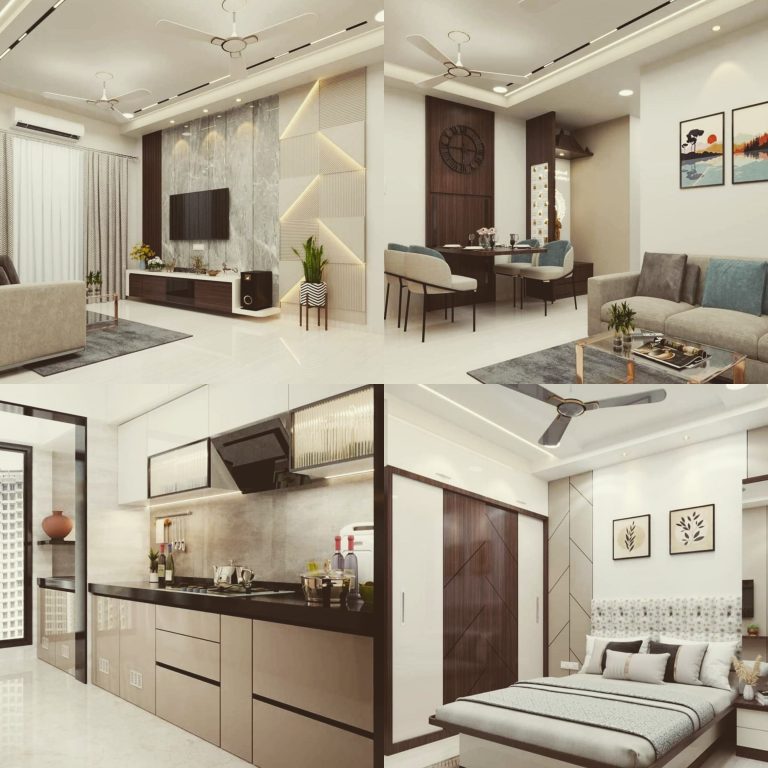INTERIOR


Designing an interior involves a range of considerations to create functional, aesthetic, and comfortable spaces within buildings. Here’s an overview:
Elements of Interior Design:
Space: Understanding the available space and how to utilize it efficiently.
Furniture: Selecting appropriate furniture that complements the space and serves its purpose.
Color: Choosing colors that harmonize with the space, considering the psychology of colors and their effects.
Lighting: Incorporating natural and artificial lighting to enhance the atmosphere and functionality of the space.
Texture: Utilizing various textures (e.g., fabrics, materials) to add depth and visual interest.
Pattern: Introducing patterns strategically to create focal points or add character to the space.
Scale and Proportion: Ensuring that elements within the space are appropriately sized and balanced.
Interior Design Process:
Research and Planning: Understanding the client’s needs, budget, and desired aesthetic. Creating mood boards or sketches might be part of this phase.
Concept Development: Formulating a design concept that aligns with the client’s requirements.
Space Planning: Arranging furniture, accessories, and elements within the space to optimize functionality and flow.
Selection of Materials and Finishes: Choosing appropriate materials, fabrics, colors, and finishes for walls, floors, furniture, etc.
Furniture and Fixture Selection: Choosing and placing furniture and fixtures that suit the design concept and space functionality.
Lighting Design: Planning the lighting scheme to create ambiance and functionality.
Decoration: Adding accessories, artwork, and decorative elements to enhance the aesthetics.
Documentation: Creating detailed drawings, plans, and specifications for implementation.
Different Types of Interior Design:
Residential Design: Designing homes, apartments, and individual living spaces.
Commercial Design: Creating functional and aesthetic interiors for businesses like offices, retail stores, restaurants, etc.
Hospitality Design: Focusing on hotels, resorts, restaurants, and other spaces within the hospitality industry.
Healthcare Design: Designing spaces like hospitals and clinics that prioritize functionality, hygiene, and patient comfort.
Sustainable Design: Integrating eco-friendly materials and practices into interior design.
Tools Used:
Computer-Aided Design (CAD) Software: For drafting and creating detailed designs.
Rendering Software: To create 3D models and visualizations.
Hand Sketches and Mood Boards: To convey ideas and concepts visually.
Interior design is a creative and multifaceted field that combines aesthetics, functionality, and ergonomics to transform interior spaces into appealing and functional environments.


